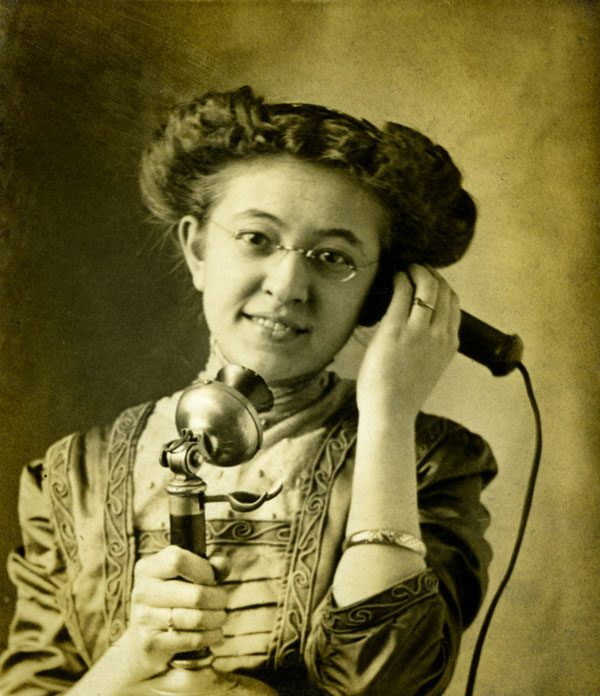You have a great idea for a novel set in a time that is not the present. You can’t wait to get started, but then doubt sets in. How can you achieve historical authenticity without drowning your story in a sea of detail? Here a 7 tips that can help with that:
1. Do Your Homework
With research, your aim is to become comfortable with the time in which your story is set. Check as many sources as possible and don’t just go for the wide sweep, make sure you get a handle on aspects of everyday life. And please, cross reference your sources. Don’t believe everything you find on the internet – always check and double check. Having said that, tools like Google Maps are very handy if you need to find out how long it takes to walk or cycle from A to B and you can’t go there yourself.

Source: Pinterest
2. Set The Scene
As your story unfolds, be sure to incorporate cultural, political, and even geographical elements – these will govern how your characters navigate their world. I don’t mean information dumps, but enough to give a sense of what life was like at the time. For example, your character needs to make an urgent phone call and the time period is the early 1900s. Not every home had a telephone and making a call involved a telephone exchange operator who could listen in.

Source: Keyword Suggest
3. Show Your Characters Reacting To Their Times
Your characters’ reactions to the conditions of their lives is a great way to introduce background texture. It could be something small and of the everyday, for example the stress of crossing a cobblestone street where the traffic is horse-related. Or it could be a world changing event — how do they find out about it? Do they read the newspaper, listen to the radio, or watch a cinema newsreel? Or perhaps your characters’ news comes via a poster nailed to the church door and someone who can read has to relay it to them.

Source: Wikimedia Commons
4. Show Your Characters’ Place In Society
Your characters will behave in certain ways, and speak in certain ways, depending where they are on the social ladder. Use this as character development, particularly if your characters are ambitious.
5. Remember: Your Characters Don’t Know What Happened
Even though we know what happened, historically speaking, your characters don’t. Say, for example your novel is set in Italy in 1921, a man called Mussolini has just been elected to parliament. Your characters won’t know they are trembling on the brink of 22 year years of Fascist rule. One character might say, “He’s got new ideas, just what the country needs right now.” Another character might dismiss him as all tip and no iceberg.
As Sarah Dunant, author of best-selling novels set during the Renaissance, says, “The point about the past is that there is no future when they (your characters) are living in it, it is their present.”

Source: Amazon
6. View The Past In Color
We look at history through the prism of sepia photographs and black and white newsreels, but your characters experience their times in color, as we do ours. So make sure you see and describe their environment through their eyes, not yours.

Source: Agonistica
7. Ask Yourself If You Believe It
We all want to tell the truth in our stories. That doesn’t mean you can’t include events that may not be strictly historically accurate. You just have to be sure that they could have happened in the context of the times. Otherwise your reader will be pulled out of the story.

Source: Wild About Harry
In the end, all you need to do is to combine historical authenticity with a cracking good story. Nothing to it really!
YouTube Channel: K.M. Weiland
Featured image via Fancy Hipster
h/t Signature-Reads




